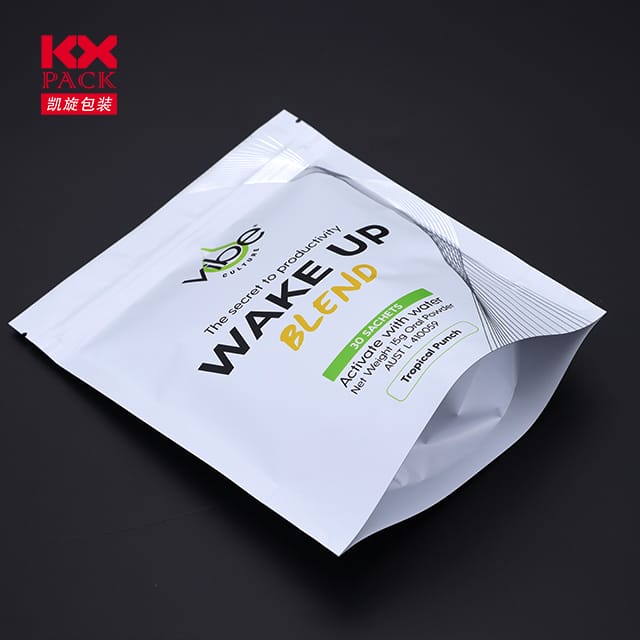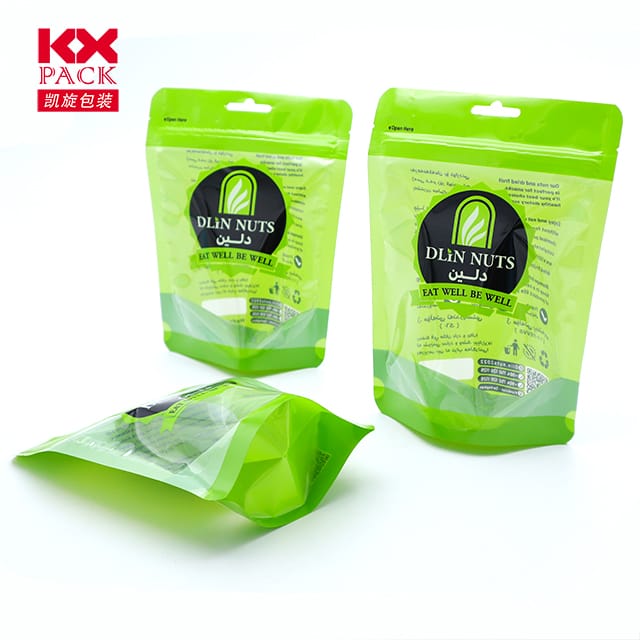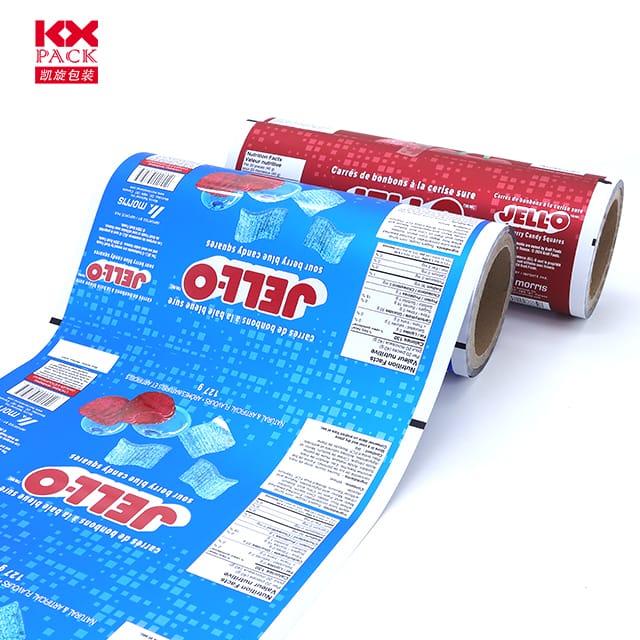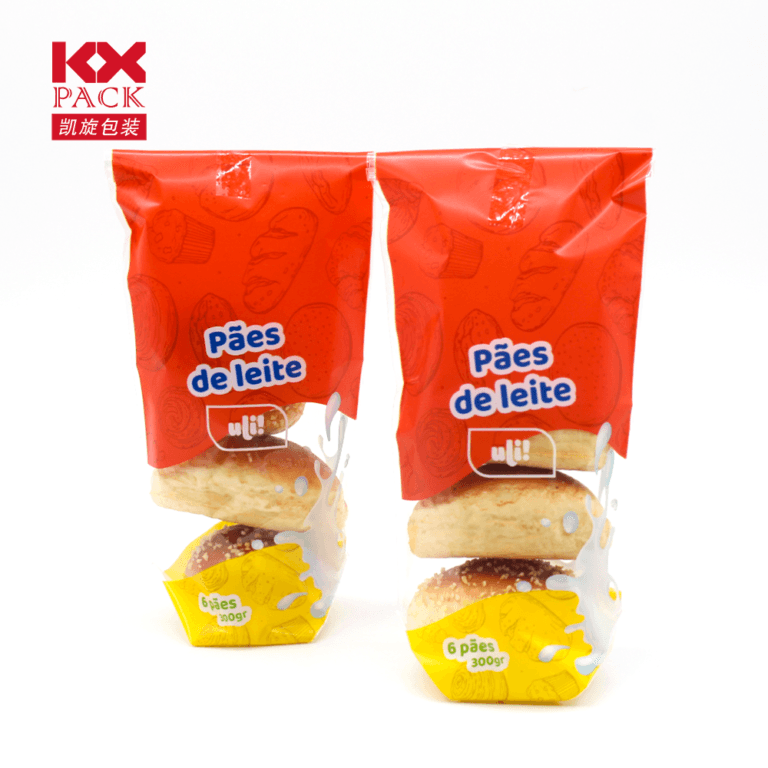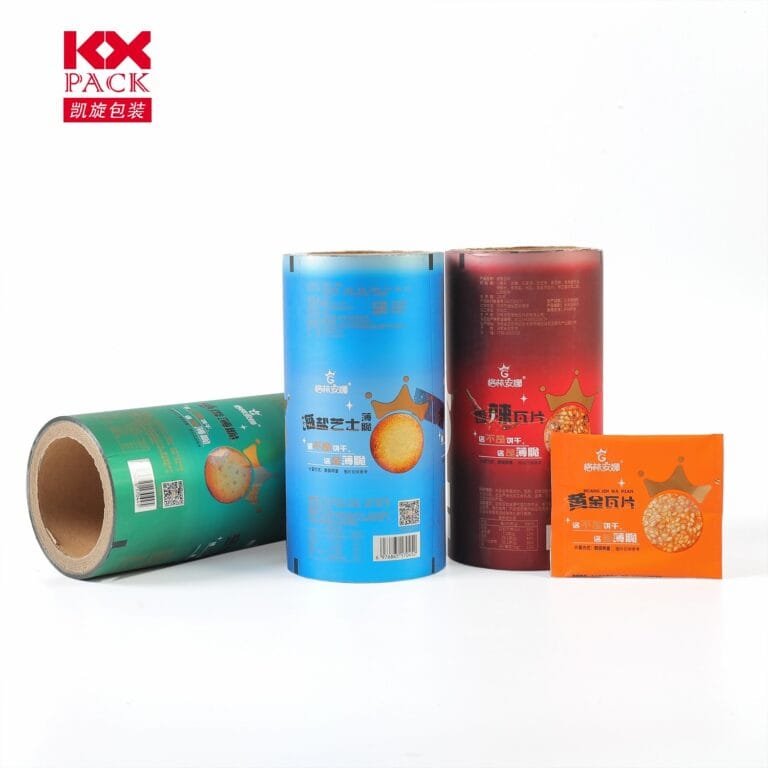Fa'apipi'i Ata Ata: O le le mautonu le toa o aso nei
Fa'apipi'i Ata Ata
In the world of commerce, O fea muamua faʻaalia mataupu ma oloa puipuiga e le mafai ona feutagai, Puleaina Ata plays a quiet yet pivotal role. Mai le CRISP Faʻailoga i luga o lau taeao o le taʻele i le shrink-afifi pallets i totonu o le fale teu oloa, O lenei fetuutuunai mea e taofia ai oloa saogalemu, fou, ma le manaia tele. Tatou tatala le saienisi, fou, and sustainability behind packaging film—and why it’s more than just “plastic wrap.”
What Is Packaging Film?
Packaging film is a thin, flexible material (often made from polymers like polyethylene, polypropylene, or biodegradable alternatives) used to wrap, faamaufaailoga, or protect goods. It comes in various forms:
- Ata Ata Ata: For bundling pallets or securing items during shipping.
- Shrink Film: Shrinks tightly when heated, creating a tamper-proof seal.
- BURLRY ata tifaga: Poloka okesene, susu, or light to preserve food and pharmaceuticals.
- Ata biodegrable: Eco-friendly options made from plant-based materials or compostable polymers.
Why Is It So Essential?
- Galuega Puipuiga:
- Shields items from dust, susu, and physical damage.
- Extends shelf life for perishables (E.g., aano o manu, sisi, fua) by preventing spoilage.
- Brand Visibility:
- Custom-printed films turn packaging into a marketing tool, Faamalosia o le igoa igoa.
- Efficiency & Cost Savings:
- Lightweight and space-saving, reducing shipping costs and carbon footprints.
- Automated machinery allows high-speed packaging for mass production.
- Faigofie:
- Resealable zippers or easy-tear features enhance user experience.
O mea fou e ave ai le lumanaʻi
The packaging film industry is evolving rapidly to meet sustainability demands and functional needs:
- Mea lelei:
- Brands are shifting toward biodegradable, faapalaga, or recyclable films (E.g., Plan, maua mai le sana).
- Post-consumer recycled (PCR) content is becoming more common.
- Pulea Pulea:
- Films embedded with sensors or QR codes track freshness, detect leaks, or provide anti-counterfeiting measures.
- O ata fou (made from seaweed or starch) are emerging for single-use food wraps.
- Lalelei, Malosi ata tifaga:
- Nanotechnology improves barrier properties, allowing thinner films without sacrificing strength.
- Circular Economy Solutions:
- Companies are designing films for easier recycling or reuse (E.g., mono-material pouches).
Challenges on the Horizon
Despite its benefits, packaging film faces criticism:
- Plastic Waste: Single-use films contribute to landfills and ocean pollution.
- Toe faaleleia Huckleles: Multi-layer films (common in snack packaging) are hard to recycle.
- Cost vs. Soifua Maloloina: Eco-friendly alternatives often cost more, slowing adoption.
O le auala i luma: Balancing Innovation and Responsibility
The future of packaging film lies insmarter, greener solutions:
- Industry Collaboration: Brands, suppliers, and recyclers must work together to standardize eco-friendly materials.
- Aufaigaluega Aʻoga: Encouraging recycling and proper disposal of films.
- Pule Faʻatonutonu: Governments are introducing bans on single-use plastics, incentivizing innovation.
Fa'ai'uga
Packaging film is a testament to human ingenuity—a tiny layer that safeguards, promotes, and connects products to consumers. As we strive for a more sustainable future, the challenge is to harness its potential without compromising the planet. Whether it’s through biodegradable materials, atamai tekonolosi, or circular design, the next generation of packaging film will redefine how we protect, meaalofa, and perceive the goods we love.
What’s your take? Do you prioritize eco-friendly packaging, or is functionality your top concern? Tatou talanoaina i manatu! 🌱📦
Stay curious, and subscribe for more insights into the materials that shape our world! 🚀


